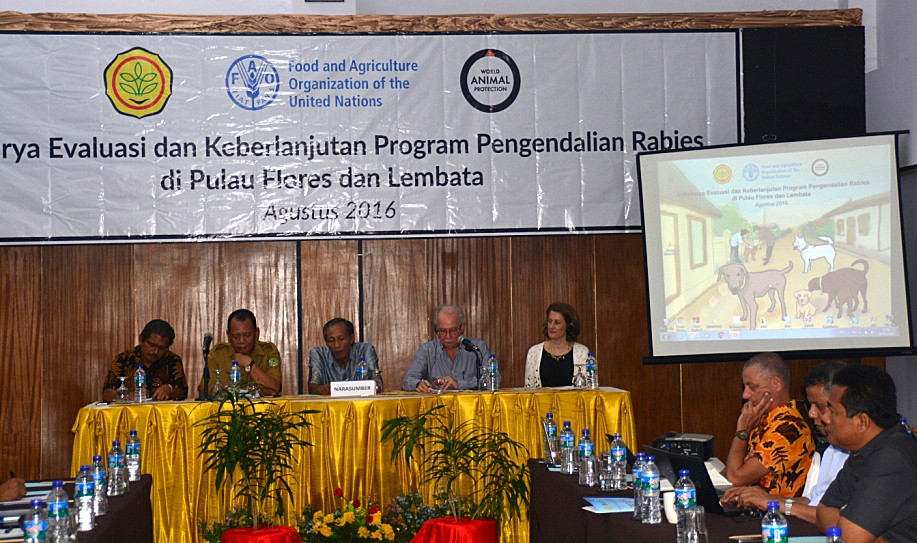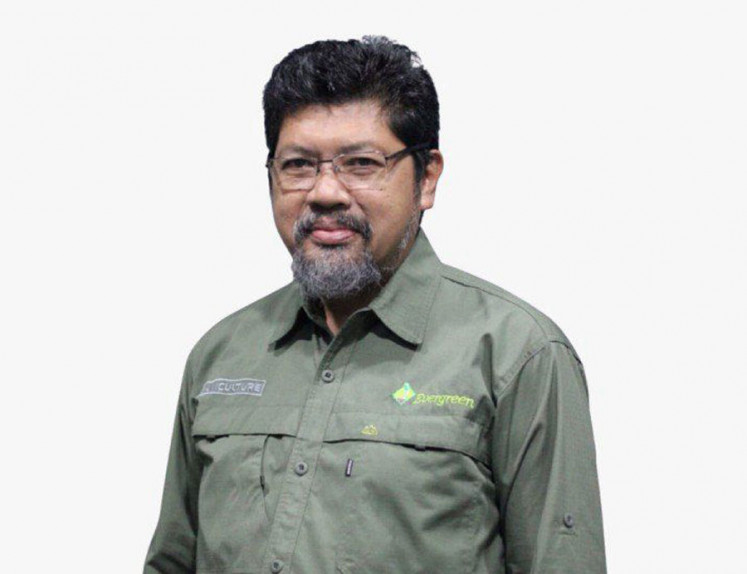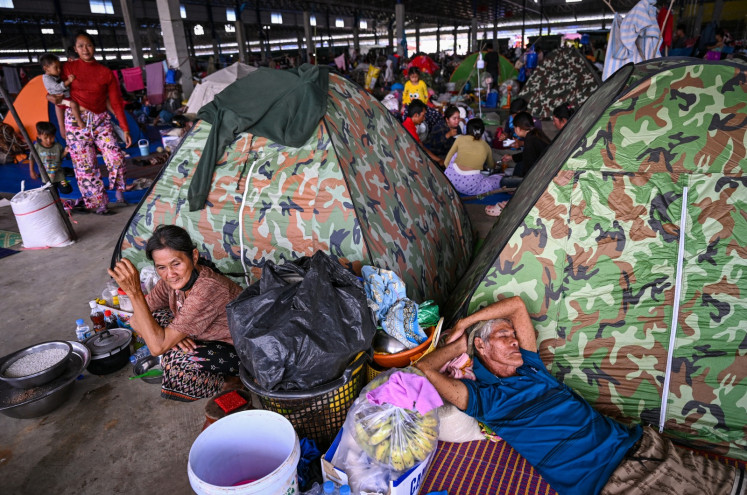Popular Reads
Top Results
Can't find what you're looking for?
View all search resultsPopular Reads
Top Results
Can't find what you're looking for?
View all search resultsFAO set to follow up on the UN Food System Summit and transform agrifood systems together
After decades of decline, the number of hungry people has been growing for the past five years, now amounting to as many as 811 million people.
Change text size
Gift Premium Articles
to Anyone
T
he Food and Agriculture Organization of the United Nations (FAO) has entered a new era with a new structure and new dynamics. The 2030 Agenda and its Sustainable Development Goals (SDGs) are approaching; we have to change our agrifood systems urgently and holistically.
This transformation requires a systemic approach and our collective action – hand in hand by producers, distributors and consumers, together with governments, private sector, academia and civil society.
That is what the upcoming United Nations Food Systems Summit is about, and what FAO wants to achieve, together with all our partners, through the new FAO Strategic Framework 2022-2031. The action of each and every one of us has an impact on the future of our planet through our agrifood systems.
The summit is timely. After decades of decline, the number of hungry people has been growing for the past five years, now amounting to as many as 811 million people. At the same time, obesity and other non-communicable diseases are ever-growing global problems associated with insufficiently diversified healthy diets and consumption patterns. Many of the current agrifood practices are also exacting a heavy toll on our planet. Our agrifood systems are not functioning properly. What do we need to do to transform them? How does every individual impact on the process?
As the leading international organization in this field, FAO has been advocating for and supporting agrifood systems transformation. The “agrifood system” covers the journey of food from tillage to table – from when it is planted, grown, harvested, processed, packaged, transported, distributed, traded, bought, prepared, eaten and disposed of. It encompasses non-food products such as forestry, animal rearing, use of feedstock, biomass to produce biofuels and fibers, and it constitutes all of the activities, investments and choices made, and it impacts on the livelihoods of all the people that play a part in getting us these agrifood products.
With expertise ranging from policy and feasibility, science innovation, land and water, livestock and fisheries, to biodiversity and climate, food safety and normative work, geospatial data and digital technology, FAO has been at the forefront supporting the preparation for this important global Summit, and more importantly, in line with its mandate FAO will be taking the lead to implement follow-up actions after the Summit.
In July, the United Nations Food Systems Pre-Summit was held extraordinarily successfully at FAO headquarters in Rome. Together with FAO’s chief economist and chief scientist, I have been sitting on the summit advisory bodies, scientific groups and action tracks. We have been working closely with expert colleagues both inside and outside the UN system. With presence in over 130 countries, our teams on the ground have been supporting “national dialogues” that contribute to the Summit outcomes and national priorities ensuring they are targeted and solution-oriented.
Transforming our global agrifood systems rests ultimately with actions at the country and local levels. Culture is an important aspect. One needs only to look at cuisines to see how diverse agrifood systems are across and within countries. More than half of us – around 4.5 billion people – earn our livelihoods directly through the agrifood production chain, supply chain and value chain. And we are all consumers of foods, and game changers.
What does it take to transform? We at FAO have identified four cross-cutting/cross-sectional accelerators – technology, innovation, data and “complements” (governance, human capital, and institutions). FAO has been organizing and better preparing itself for the past two years to lead the process. Our new Strategic Framework endorsed by members is focused on supporting the achievement of the SDGs through the transformation to MORE efficient, inclusive, resilient and sustainable agrifood systems for the “Four Betters”: better production, better nutrition, a better environment, and a better life.
We have reformed our organizational structure and made it more modular and agile in order to make ourselves fit for purpose. For example, the newly created position of chief scientist, along with an Office of Innovation, and the Office of SDGs are concrete steps to strengthen the role of science and innovation to complement the socio-economic work led by the chief economist to underpin the transformation, as well as to track the achievement of the SDGs. Innovation is not just about technology. It is also about approaches and policies. It is about mindset.
Countries, communities and industries will determine their transformational pathways. Our goal is pragmatic: build up ownership of members and support members by walking the talk and achieving concrete results on the ground.
FAO has the expertise and networks, and a vast array of tools to assist. Our Hand-in-Hand Initiative has established the open-access geospatial platforms which can calculate forest cover, carbon sequestration potential and water evaporation rates. Our early-warning network systems can alert of coming droughts or crop pests. Our applications calculate fodder supply and demand conditions in drought- or conflict-prone areas.
Furthermore, our analytical work, including our new modeling work, recently assessed impacts and tradeoffs of proposed actions and systems which often have detrimental social, economic and environmental effects, as well as determining how to better harness fiscal supports for agrifood systems.
FAO is well placed and ready to take full responsibility after the summit outcomes are decided, and move forward to catalyze impacts together with all stakeholders and friends.
Agrifood systems are complex and diverse. We all agree that they are not realizing their full potential if we run business as usual. We need to craft solutions to achieve the Four Betters and leave no one behind. FAO has the capacity to lead this process with partners for a better world.
***
The writer is the director general of Food and Agriculture Organization of the United Nations (FAO).










